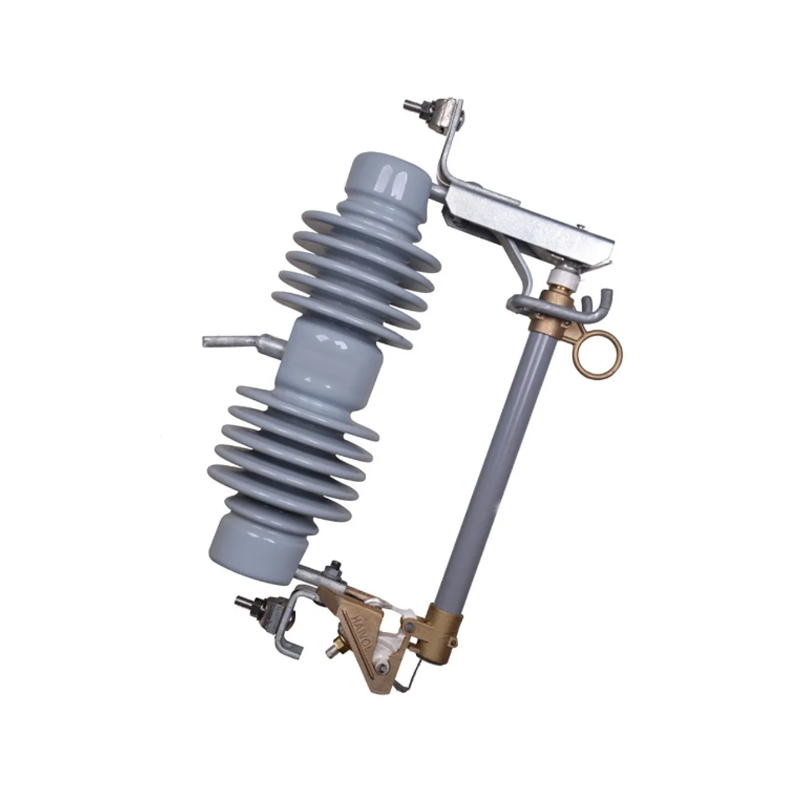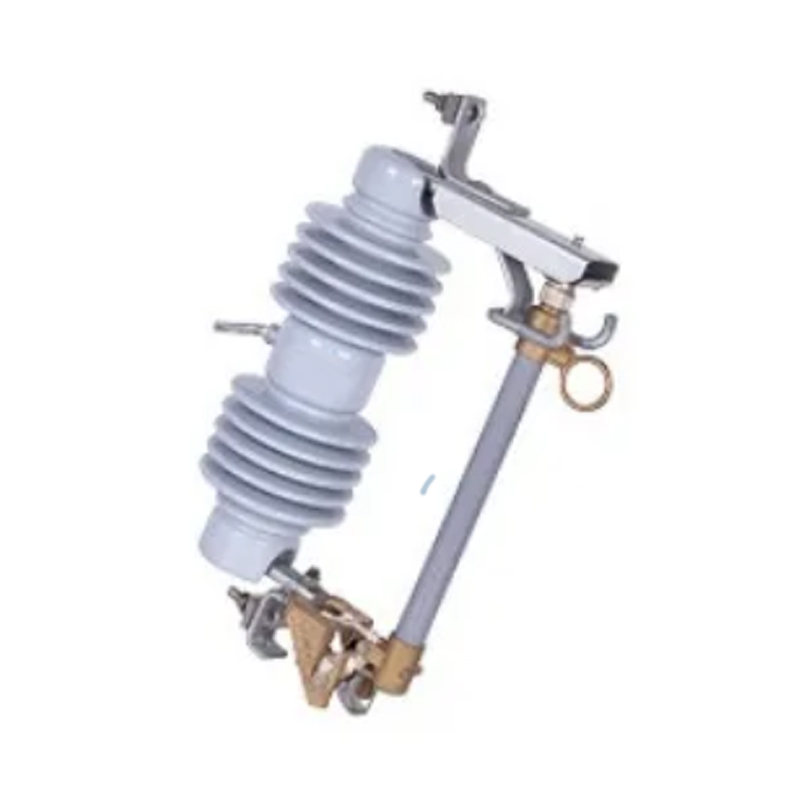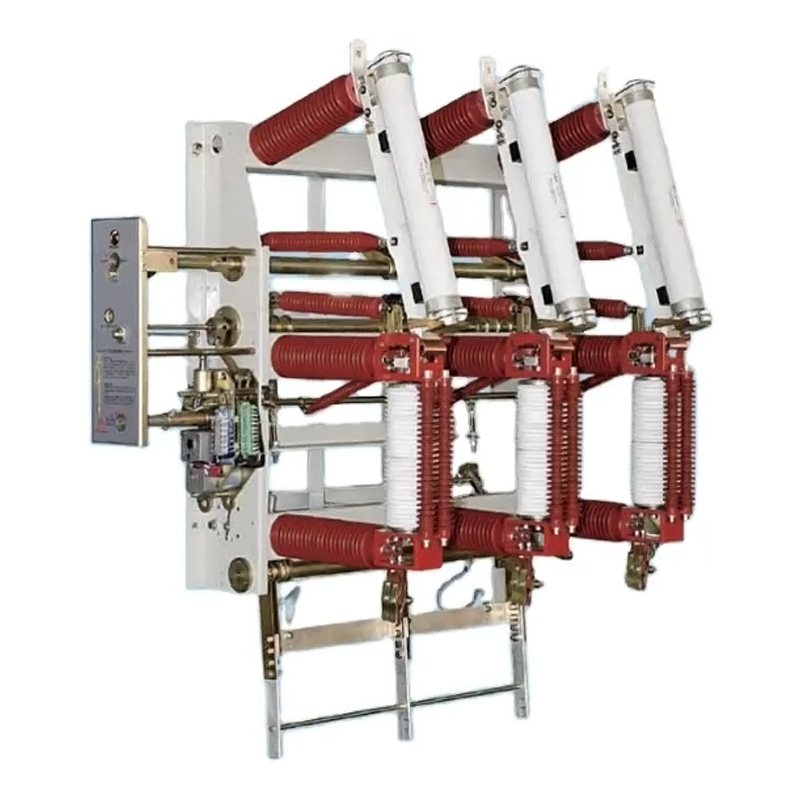High and low voltage distribution cabinets play a critical role in the efficient and safe distribution of electrical power in various settings such as power plants, substations, commercial buildings, and industrial facilities. These cabinets are essential for managing the flow of electricity from the point of generation to the point of utilization, ensuring that electrical systems operate smoothly and reliably.
The primary function of high and low voltage distribution cabinets is to distribute electrical power from the main supply to various circuits. This involves receiving high-voltage electricity, stepping it down through transformers to a lower voltage level suitable for various applications, and then distributing it to different parts of the facility through low-voltage circuits.
Distribution cabinets are equipped with various protective devices such as circuit breakers, fuses, and surge protectors. These devices are crucial for safeguarding electrical equipment and infrastructure from faults such as short circuits, overloads, and voltage spikes.
Modern distribution cabinets often incorporate control and monitoring systems. These systems allow for real-time monitoring of electrical parameters such as voltage, current, and frequency. They can also control the operation of various components within the distribution network, enabling efficient energy management and quick response to any irregularities or faults. This capability is essential for maintaining operational reliability and optimizing energy usage.
Isolation is another critical function of distribution cabinets. They provide a means to isolate sections of the electrical network for maintenance, testing, or in case of an emergency. Isolating specific circuits ensures that maintenance can be performed safely without shutting down the entire system, thereby small downtime and operational disruptions.
Distribution cabinets help in managing the electrical load by distributing power according to the demand. This function ensures that the electrical load is balanced across different circuits, preventing any single circuit from being overloaded. Effective load management contributes to the longevity and efficiency of the electrical system and helps.
High and low voltage distribution cabinets are designed to be flexible and scalable. They can accommodate changes in the electrical infrastructure, such as the addition of new circuits or the integration of renewable energy sources. This flexibility is vital for adapting to the evolving needs of modern electrical systems and ensuring that the distribution network can handle future expansions and upgrades.
By optimizing the distribution of electrical power and small losses, distribution cabinets contribute to overall energy efficiency. They ensure that power is delivered where it is needed more with small waste, supporting the efficient operation of the entire electrical network.
To ensure the reliable operation of high and low voltage distribution cabinets, regular maintenance is essential. Here are some good practices for maintaining these systems:
Routine inspections should be carried out to check for signs of wear, corrosion, and damage. This includes examining insulation, connections, and protective devices to ensure they are in good working condition.
Keeping the distribution cabinets clean and free from dust and debris is important to prevent overheating and electrical faults. Moving parts should be lubricated as needed to ensure smooth operation.
Regular testing and calibration of protective devices and monitoring systems are crucial to ensure their accuracy and responsiveness. This helps in identifying potential issues before they lead to failures.
Using thermal imaging cameras to detect hotspots can be an effective way to identify areas of excessive heat, which could indicate potential problems such as loose connections or overloaded circuits.
Personnel responsible for the maintenance and operation of distribution cabinets should be adequately trained and equipped with the necessary safety gear. Adhering to safety protocols and guidelines is essential to prevent accidents and ensure the well-being of maintenance staff.



 English
English русский
русский عربى
عربى










